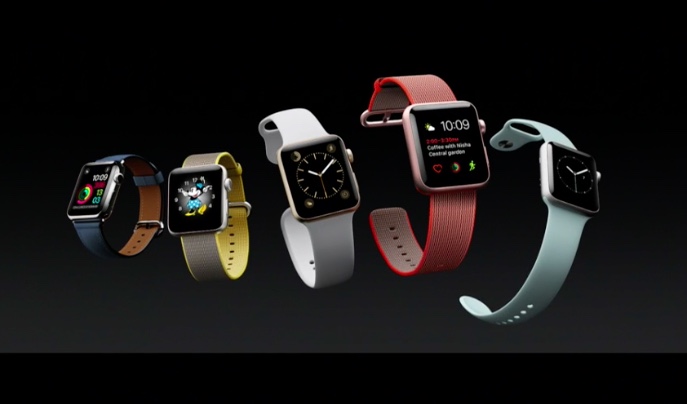Why Apple Continues Selling Older Apple Watch Models
The Cost Benefits of Existing Production Lines
As the largest company in the world, Apple has huge upfront costs when it comes to launching new products and setting up factories to produce them at scale. Once these initial costs are paid off, the marginal costs of manufacturing each additional unit drops dramatically since Apple already has the sourced parts and production equipment in place. This allows Apple to keep multiple watch models in production simultaneously and maintain healthy profit margins on older designs even after introducing successors. The longer Apple watches can remain on the market through gradual price cuts, the lower their unit costs become over time as production efficiencies improve.

Catering to Price-Conscious Customers
By continuing to offer older Apple Watch generations like the Series 3 smartwatch, Apple provides a more affordable entry point for customers wanting an Apple-branded smartwatch but on a tighter budget. Starting at just $199, the Series 3 remains Apple’s most budget-friendly smartwatch option nearly four years after its original release. This allows more cost-conscious buyers to experience Apple’s watchOS software and ecosystem synergies without having to shell out for the latest-and-greatest models. Retaining lower-cost options also prevents the risk of losing sales to competing smartwatches that undercut Apple’s pricing.
Minimal Design Differences Between Series 4 and 5
The Apple Watch Series 4 served as the blueprint for the Series 5, with both watches sporting essentially identical cases, displays, and basic feature sets. The key upgrades in the Series 5 came down to an always-on Retina display and integrated compass. Since the industrial designs were virtually interchangeable, continuing production of the Series 4 would have resulted in direct sales cannibalization from the newer Series 5. Discontinuing the Series 4 while maintaining the distinct Series 3 ensured each model occupied its own well-defined role in Apple’s Watch lineup.
Leveraging Existing Component Stocks
When Apple launches a new watch generation, it accumulates substantial component inventories over the preceding months to ensure a smooth ramp to mass production. Much of this hardware remains fully usable even after a design refresh. Rather than fully write off these valuable parts, Apple can optimize profits by continuing low-volume Series 4 production to progressively deplete lingering chip, sensor, and casing stockpiles. This reduces waste from obsolete components sitting idle while still meeting residual demand for the earlier design.
Maximizing Customer Upgrade Cycles
By keeping older Apple Watch designs available for years post-launch, Apple encourages a longer device replacement cadence among its customer base. Rather than feeling compelled to upgrade watches annually, users can comfortably stick with proven models for 2-3 years until an irresistible new feature or sharp price cut sways their purchase decision. Stretching out these watch upgrade cycles lowers the risk of “adoption fatigue” setting in from constantly iterating new models too rapidly. It also ensures a steady stream of upgrade demand further down the line as Apple can regularly slash prices on older designs to entice waiting customers.
Maintaining WatchOS Compatibility
Apple aims to support each watchOS version on as many active Apple Watch models as feasible to provide the best overall user experience. Continuing Series 3 production allows Apple to potentially extend its watchOS software updates farther back than just the latest two generations. This critical software longevity helps retain value perception for Apple Watch owners and reduces e-waste from older models becoming obsolete prematurely due to lacking the latest features. Compatible legacy models also give developers more potential customers to serve as the watchOS install base grows over time.
Holding the Line on Hardware Innovation
While maintaining older watch designs, Apple still pushes innovation annually with the flagship new Series. The Series 5 upped the ante with an always-on Retina display that minimized glancing and an integrated digital compass.
But these refinements didn’t revolutionize the core watch experience, allowing Apple to smoothly continue Series 4 production alongside. Going forward, truly transformative innovations like foldable displays may be needed to fully displace current generations from the lineup in the future.
In summary, Apple’s multi-model Watch strategy optimizes profits from existing manufacturing assets while respecting customers’ varied budget and replacement rhythms. It helps the platform flourish over the long run through wider accessibility and enduring value perception for Apple Watch owners.
